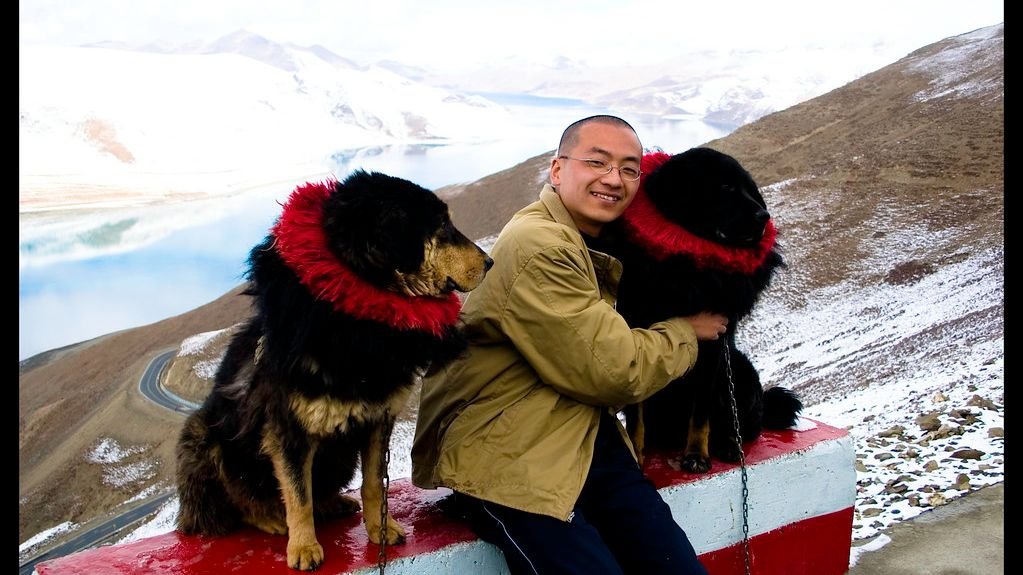As the first frost touches your windows and winter threatens to transform your neighborhood into a crystalline wonderland, have you ever wondered how your beloved companion feels about the seasonal change? Some dogs start shivering the moment temperatures drop below sixty degrees, while others practically bounce with excitement at the first sight of snowflakes. The truth is, not all our furry friends are equipped equally for winter’s embrace.
Understanding which breeds need extra cozy care and which ones thrive in cold conditions isn’t just fascinating – it’s essential for keeping every pup healthy and happy. Whether you’re snuggling a tiny Chihuahua or watching your Husky beg to stay outside longer, knowing your dog’s cold weather needs can make all the difference between a miserable winter and a magical one.
Chihuahua: A Tiny Body with Giant Heating Needs

Picture this delicate companion wrapped in a designer sweater, and you’ve captured the essence of winter care for Chihuahuas. These small dogs with short thin coats are very cold intolerant, making them one of the most vulnerable breeds when temperatures plummet.
Their miniature size works against them in multiple ways during cold weather. Smaller dogs lose body heat faster than larger dogs thanks to the ratio of their larger surface area to their volume, and small dog breeds are also closer to the ground, exposing their bellies and bodies to the cold surface or snow much more than longer-legged dogs.
Boston Terrier: When Flat Faces Meet Freezing Weather
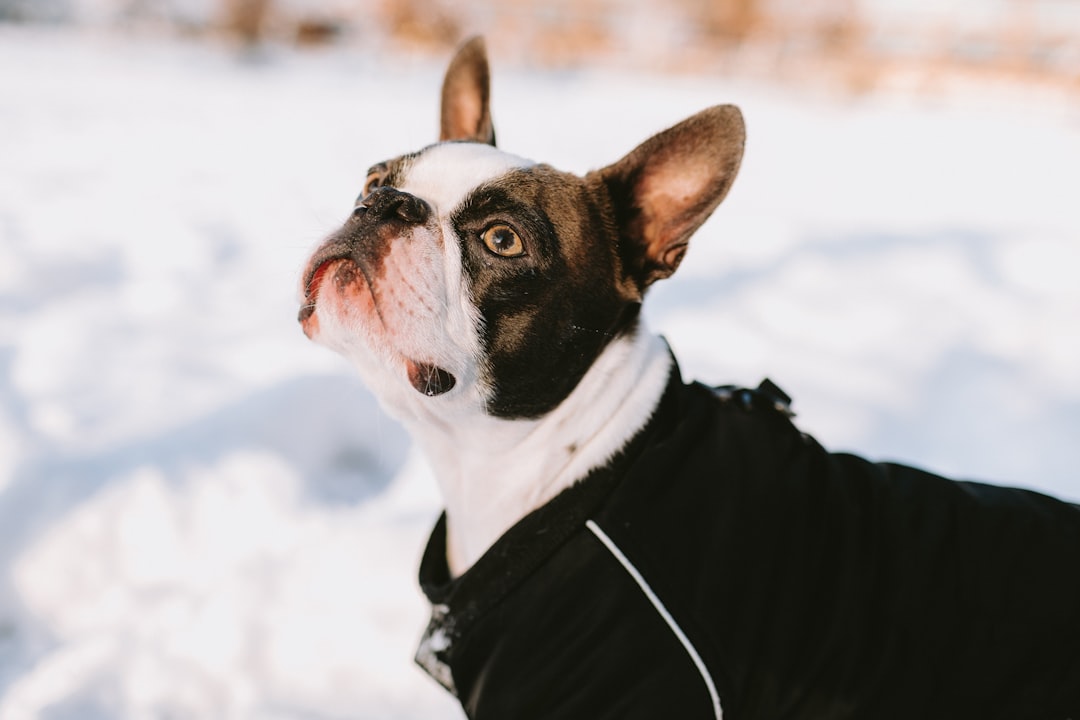
Boston Terriers are short-nosed / flat-faced (a brachycephalic breed trait), which means they don’t regulate body temperature as efficiently as other dogs do, and they have a short, single coat that doesn’t provide much insulation against extremely cold weather. This double challenge makes them particularly susceptible to winter’s harsh embrace.
The magic temperature threshold for Boston Terriers is crucial to remember. Temperature below 45 degrees Fahrenheit is considered too cold for a Boston Terrier, and you shouldn’t allow your Boston Terriers to go running outside when the temperature drops below this point, as it can lead to serious health complications.
Italian Greyhound: Elegance Meets Extreme Cold Sensitivity
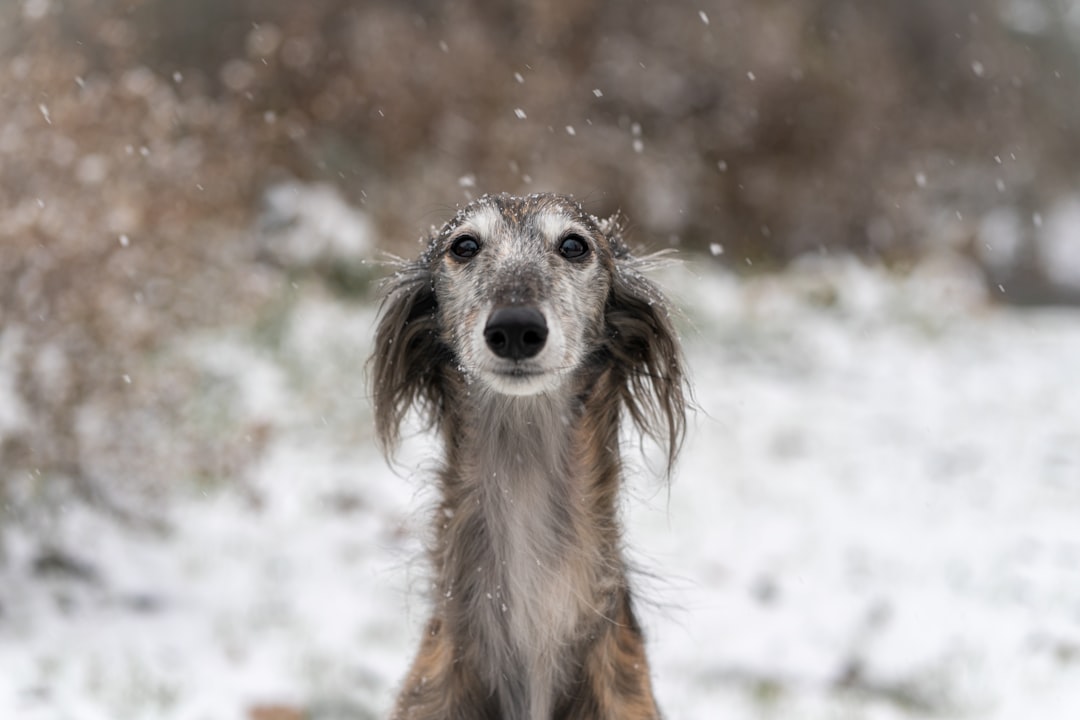
These graceful sighthounds may look like living art pieces, but their beauty comes with significant winter challenges. Italian Greyhounds have long, slender bodies that carry very little body fat, making them exceptionally vulnerable to cold temperatures.
Italian Greyhounds have minimal body fat and a short coat, which means they lack the natural insulation that helps other breeds stay warm. Their thin skin and lean build make every drop in temperature feel amplified, requiring vigilant care from their humans during the colder months.
Basenji: The Barkless Wonder Needs Winter Warmth

Known for their unique yodel-like vocalizations, Basenjis bring their own special winter care requirements. Despite their impressive agility, they have very short coats that offer little protection against cold weather, and this breed can struggle significantly in winter conditions as they may feel cold more readily than other dogs with thicker fur.
What makes Basenjis particularly interesting is their African heritage, which equipped them perfectly for warm climates but left them ill-prepared for winter weather. Proper winter attire, such as coats or sweaters, is crucial for these dogs to maintain their comfort during walks in the chilly season.
Pug: Wrinkled Faces and Winter Woes
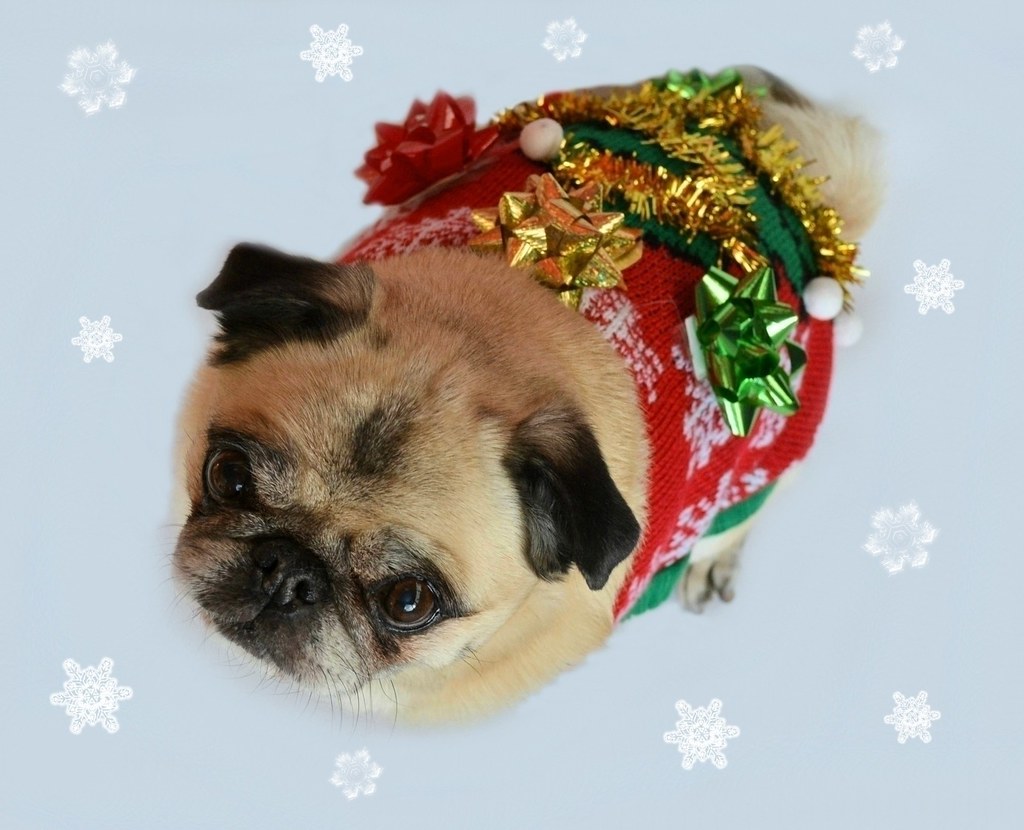
Those adorable wrinkled faces and stocky builds that make pugs so endearing also make them vulnerable to cold weather challenges. Like other brachycephalic breeds, pugs struggle with temperature regulation due to their shortened airways and flat facial structure.
To ensure that pugs remain warm and healthy during winter, their owners should provide snug sweaters and limit outdoor exposure when the weather is particularly harsh. Their compact size and respiratory limitations require extra attention during the coldest months.
Whippet: Racing Hearts Need Warm Starts

These sleek racing dogs might be built for speed, but they’re definitely not built for cold weather endurance. Like the other sighthounds, the Whippet is a slender dog that often needs additional support and care when in colder climates, as they are active dogs when outdoors but relaxed inside.
Their thin coat and lean muscle mass provide virtually no insulation against winter’s bite. Whippets often seek warm spots indoors and may shiver even in mildly cool temperatures, making them prime candidates for stylish winter wardrobes and heated indoor spaces.
Yorkshire Terrier: Small Size, Big Winter Needs
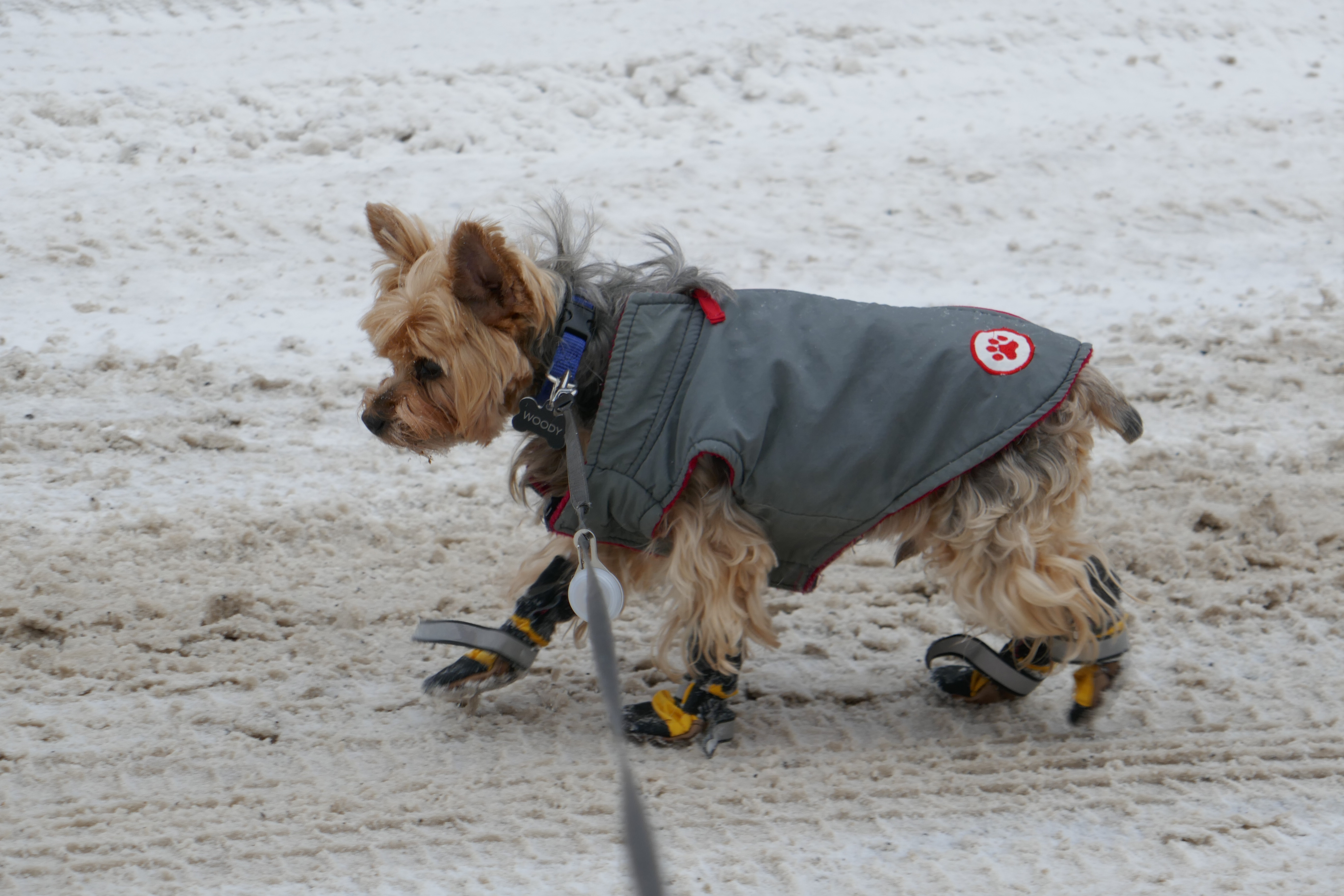
Yorkshire Terriers are a small breed with a beautiful, long coat that requires regular grooming, but their small size and lightweight build can make them sensitive to cold weather because they do not have a thick undercoat to insulate them.
Despite their flowing locks, Yorkies get cold quickly because they have long coats that are thin and therefore do not offer much protection against the cold, meaning the breed does well with a little extra warmth when out during the winter months. Their tiny stature means they feel every temperature drop more intensely than larger breeds.
Greyhound: Built for Speed, Not Snow
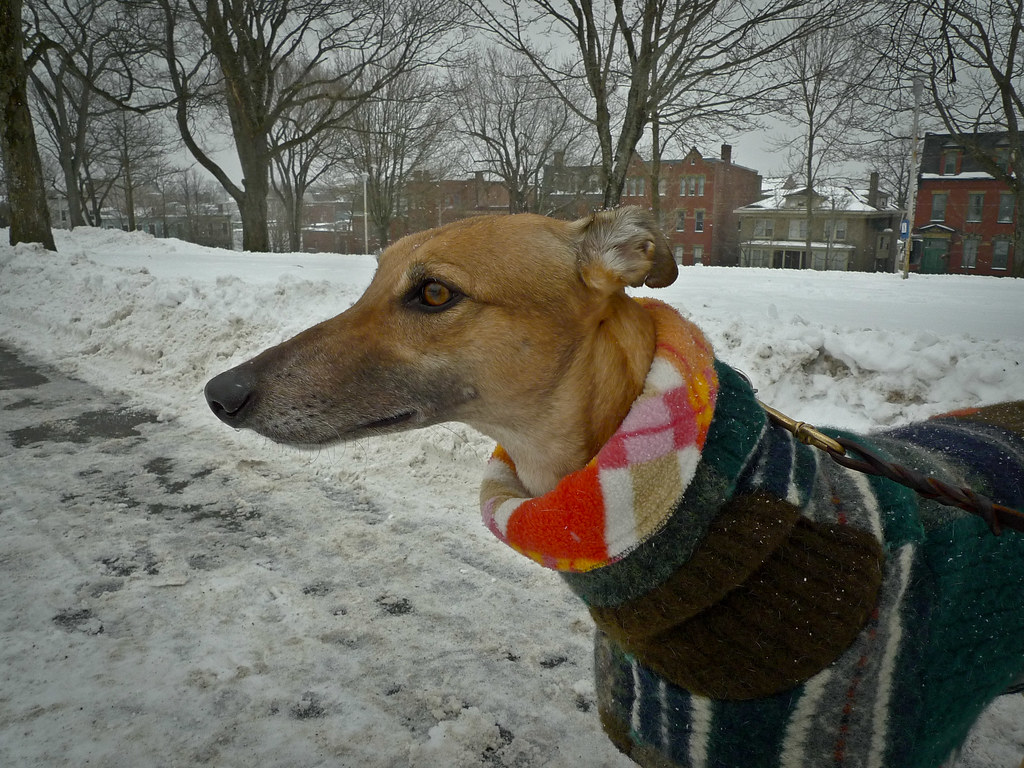
Dogs with thin coats, like the Greyhound, may suffer from the cold when the weather drops below freezing. These elegant racing champions have virtually no body fat and extremely thin skin, making them one of the most cold-sensitive breeds despite their larger size.
Greyhounds often surprise people with their winter needs because their athletic appearance suggests hardiness. However, their racing physique – all lean muscle and minimal fat – means they need significant protection from cold weather, including warm coats and limited outdoor exposure during winter months.
Dachshund: Long Bodies, Short Cold Tolerance
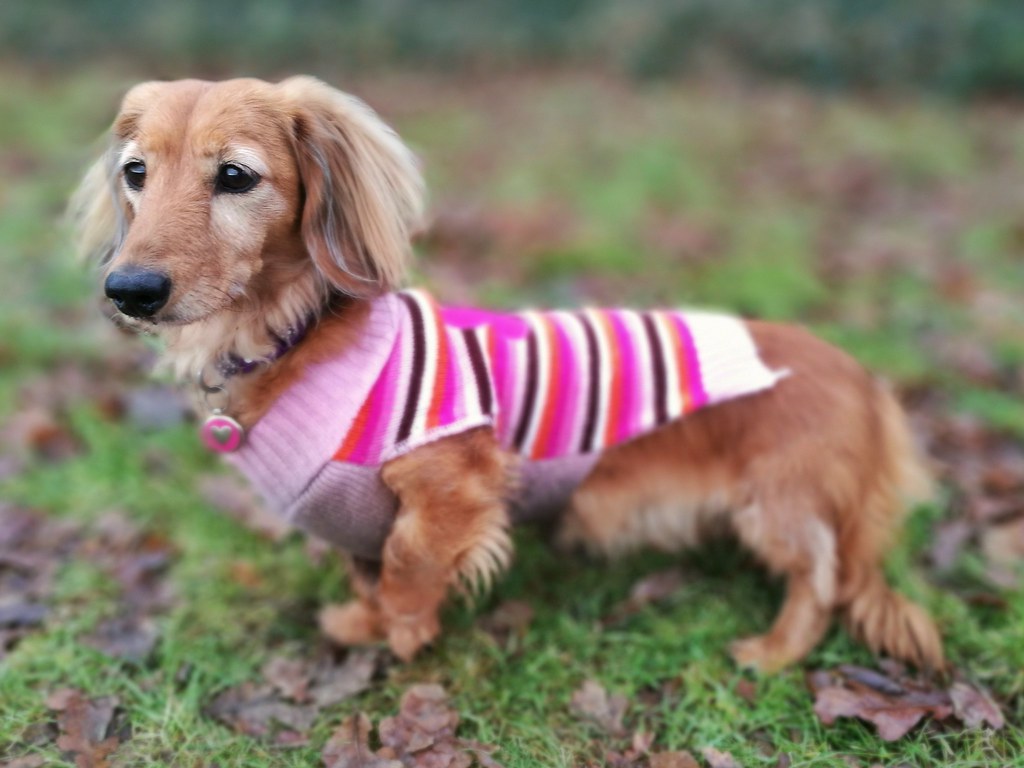
Those adorable sausage-shaped bodies come with unique winter challenges that owners need to understand. Some additional breeds that are particularly sensitive to cold include the Dachshund, whose low-to-the-ground build exposes them to more cold surface contact than taller dogs.
Their elongated spine and short legs mean their bellies are constantly close to cold surfaces like snow and ice. This positioning, combined with their smooth or long-haired but not particularly thick coats, makes them vulnerable to rapid heat loss during winter weather.
Pit Bull Terrier: Muscle Without Winter Insulation
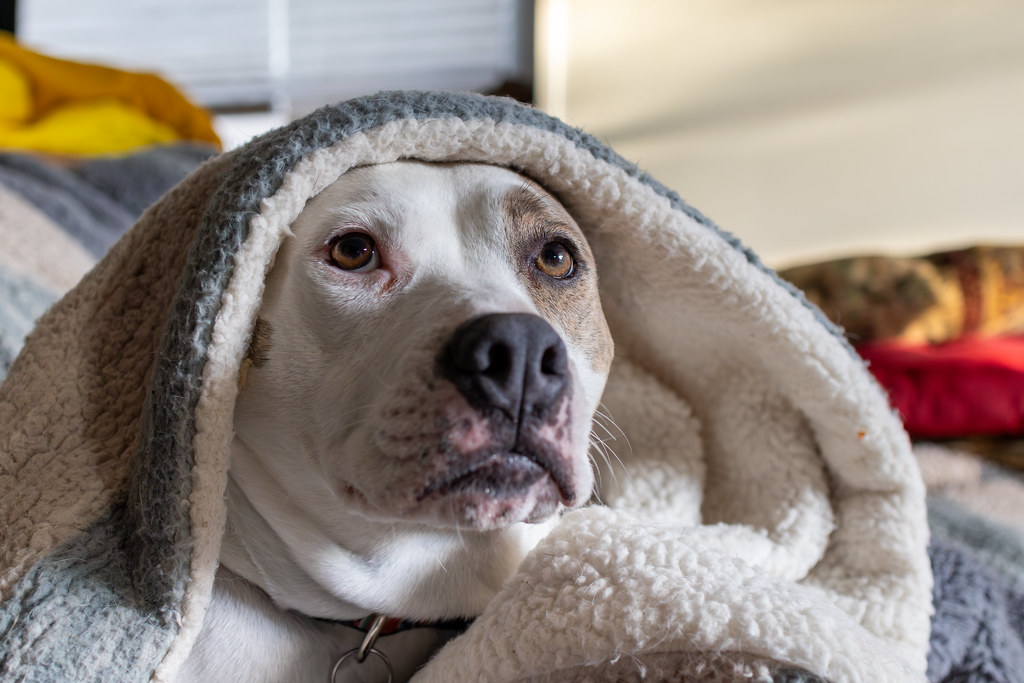
This might surprise many people, but despite their muscular build and tough reputation, Pit Bull Terriers need significant winter care. Pit bull terriers may be surprising because pits have muscle and bulk, but their short fur and proneness to skin conditions leaves them at higher risk in winter cold.
Their short, thin coat provides virtually no protection against cold temperatures, and their lean muscle mass doesn’t offer the insulation that fat deposits would provide. Many Pit Bulls actually shiver in cool weather and benefit greatly from warm clothing during winter months.
Siberian Husky: Born for the Blizzard
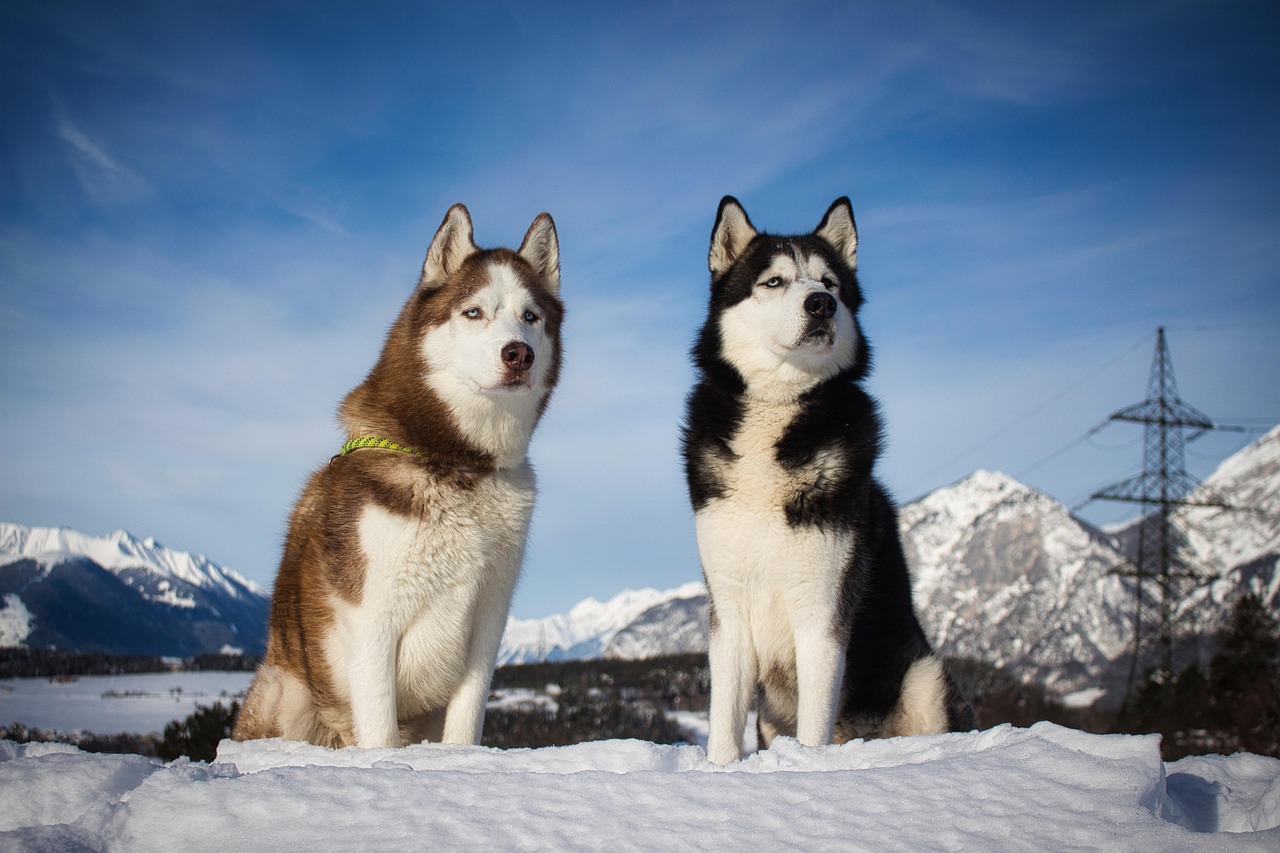
When you think of snow-loving dogs, the Siberian Husky probably comes to mind first – and for excellent reasons. The Siberian Husky comes from the frosty, cold climates of Siberia in Northeast Asia, with their thick coat of fur making them ready for winter activities as they were traditionally bred to be working sled dogs, and these dogs have had time to get used to the snow, making them the perfect snow loving dog breed.
Huskies have a thicker coat than most other dog breeds, made up of a dense cashmere-like undercoat and a longer, coarse top coat. This incredible double-coat system works like a natural down jacket, keeping them comfortable even in extreme cold conditions.
Alaskan Malamute: The Ultimate Arctic Athlete

The Alaskan Malamute is a great cold weather breed because of its origin – they come from Alaska and are the oldest and largest of the Arctic sled dogs. These magnificent dogs were literally built for extreme cold weather work and adventure.
Alaskan Malamutes are descendants of the original Arctic sled dogs, bred by the ancient Mahlemut tribe of Alaska for hauling heavy loads over long distances in freezing conditions. Their thick double coat and powerful build make them not just cold-tolerant but genuinely enthusiastic about winter weather.
Saint Bernard: Gentle Giants of the Alps

Saint Bernards are famous for their role in mountain rescue, as these dogs have historically braved harsh snowstorms to save people stranded in the Swiss Alps. Their legendary status in cold weather rescue work speaks volumes about their winter capabilities.
With their immense double coat, thick fur, and strong frame, Saint Bernards are tailor-made for cold weather, and though they don’t carry barrels of brandy despite the popular myth, they’ve got everything else you’d want in a cold-weather dog: warmth, muscle, and resilience.
Samoyed: The Smiling Snow Angels
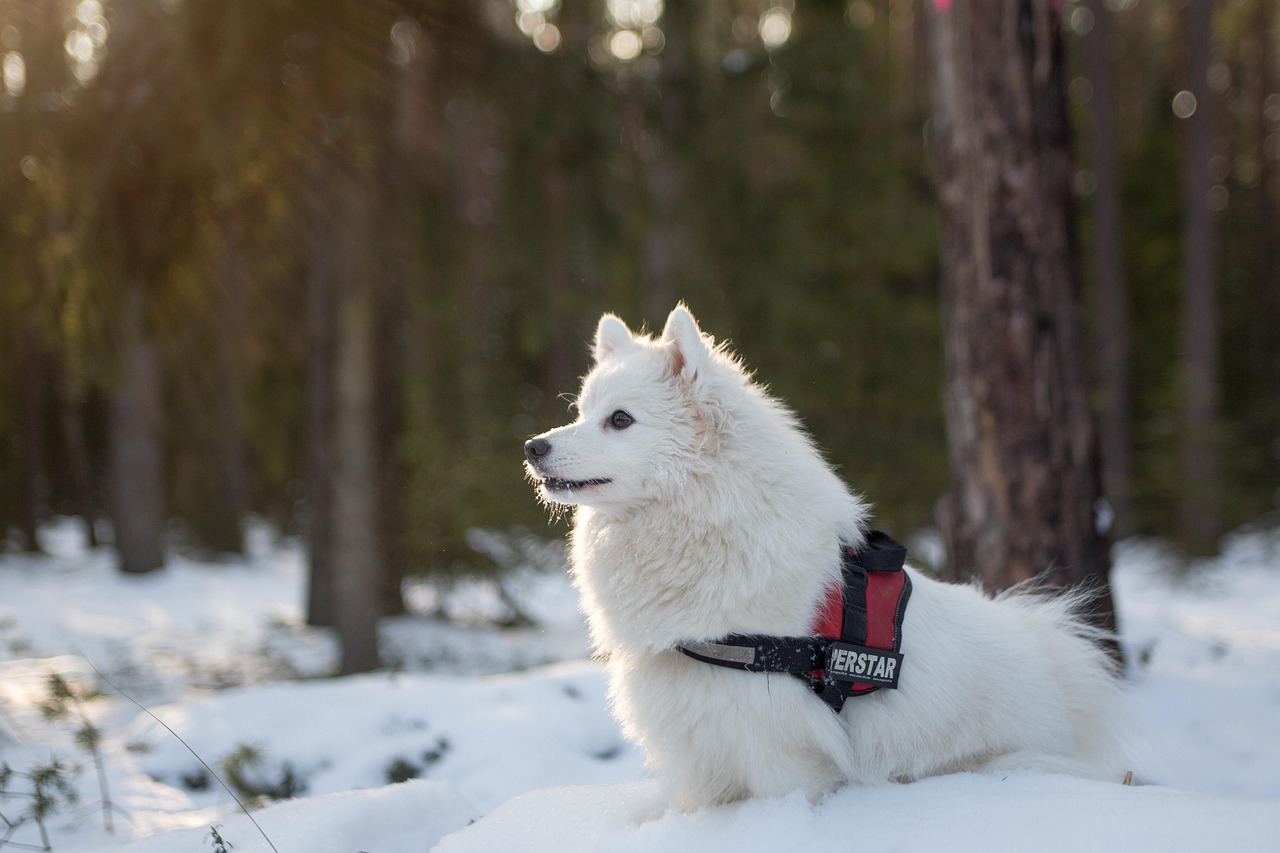
Known for their “Sammy smiles” and fluffy white coats, Samoyeds are incredibly friendly and versatile dogs originally bred to herd reindeer and pull sleds in Siberia, and these dogs can handle subzero temperatures and still look like they’re having the time of their lives.
Their infectious joy in cold weather is matched by their practical winter abilities. Today, this breed simply loves playing in the snow, making Sammies the perfect winter companions. Their thick white coat isn’t just beautiful – it’s a sophisticated insulation system that keeps them comfortable in bitter cold.
Bernese Mountain Dog: Swiss Perfection in Snow
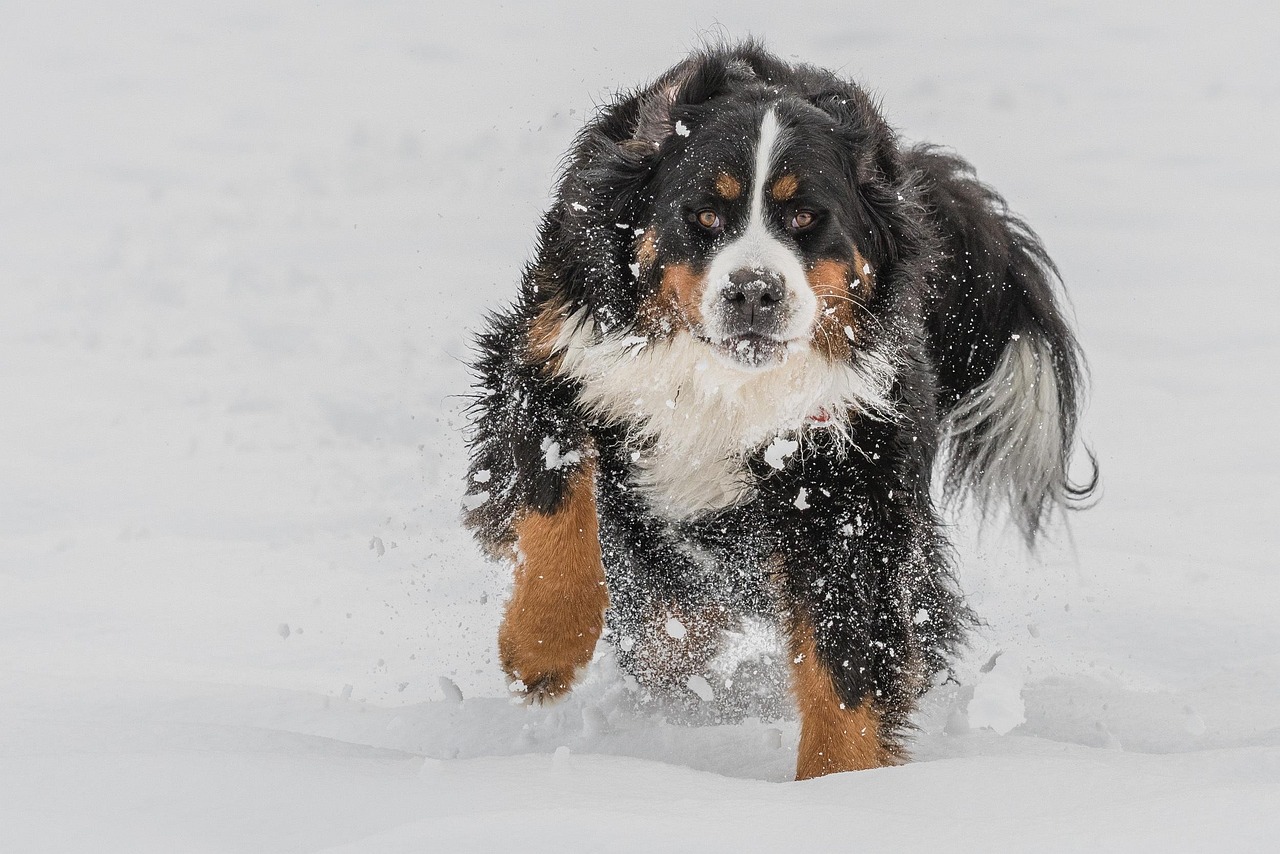
The Bernese Mountain Dog is a gentle soul that loves to play, as these pups were bred to be farm dogs in Switzerland and enjoy being outside. Their working heritage in the Swiss Alps prepared them perfectly for cold weather life.
The Bernese Mountain Dog was bred in the Swiss Alps, where cold temperatures, snow, and rugged terrain demanded strength, endurance, and a weatherproof coat, and this ancient breed was developed to serve as a dependable farm dog, capable of pulling carts and guarding livestock through harsh, cold climate conditions.
Great Pyrenees: Mountain Guardians Who Love the Cold
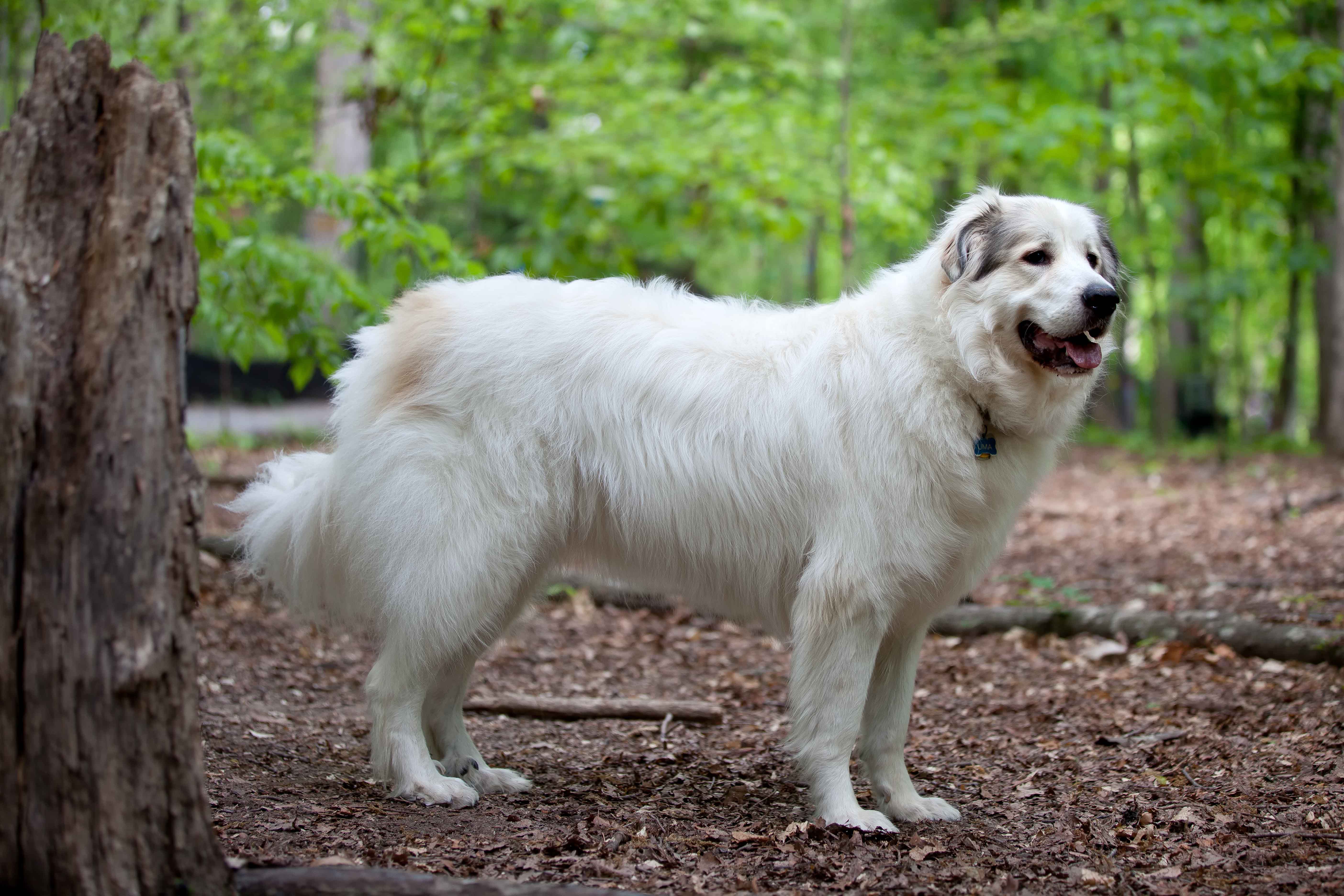
The Great Pyrenees is a large working dog from the Pyrenees mountains between Spain and France, and though not of Arctic origin, this dog is built to navigate snowy terrain, where they historically guarded livestock from predators.
These magnificent white guardians possess both the physical attributes and the mental fortitude for cold weather living. Their thick double coat and large size help them maintain body temperature, while their protective instincts keep them alert and active even in harsh winter conditions.
Newfoundland: The Gentle Water-Rescue Giants
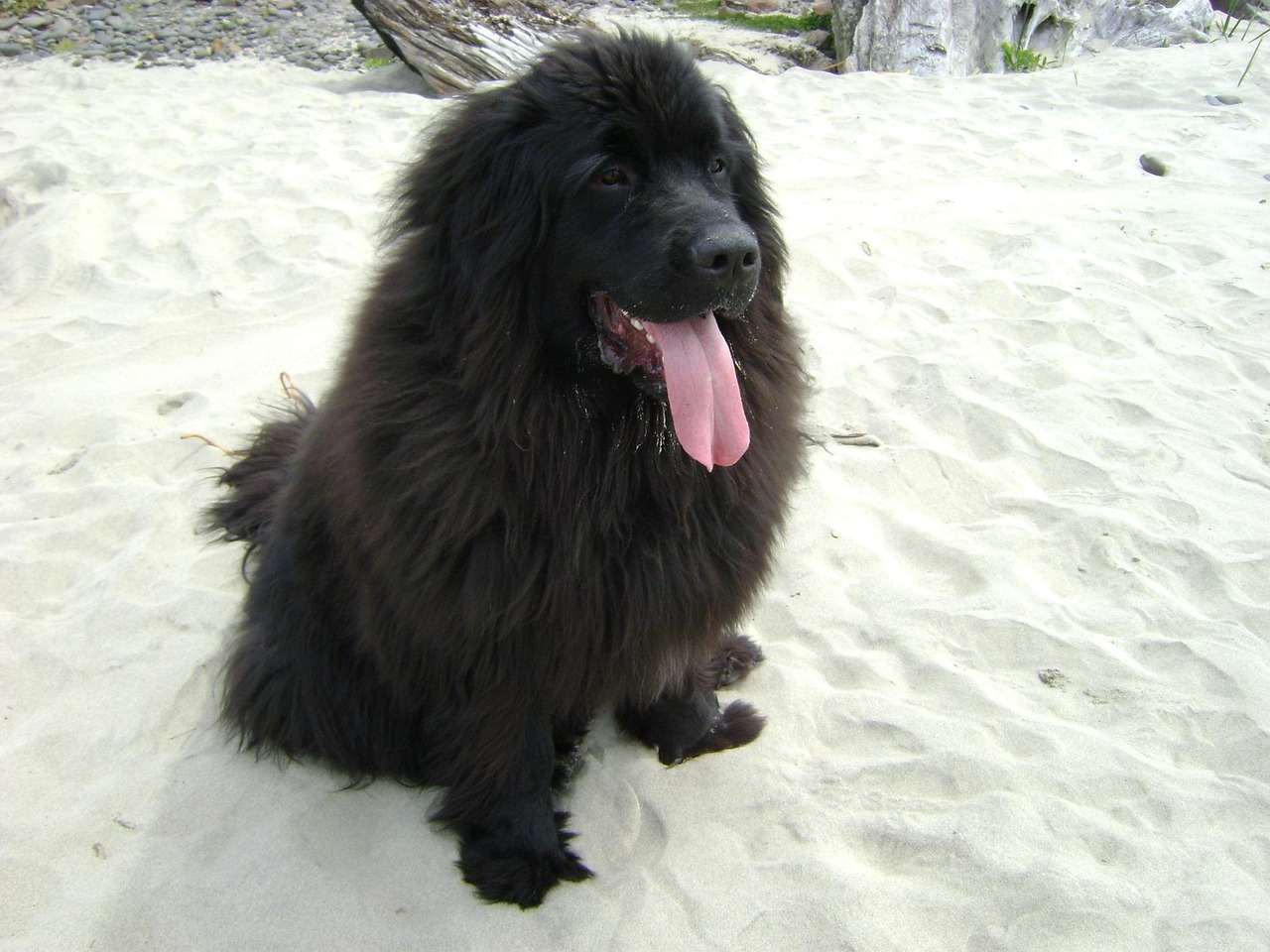
Newfoundlands – commonly called Newfies – come from Newfoundland, Canada, and are well-suited to winter, as these large, powerful dogs were bred to work, helping sailors on ships and pulling carts. Their maritime heritage in cold northern waters prepared them beautifully for winter weather.
The Newfoundland has a heavy coat that protected it from the icy waters it was originally bred to work in, making it ideal for colder weather, and these Canadian dogs are still used in water rescues today, but a double coat and a strong body make them ideal for mountains, too.
Chow Chow: Ancient Breed with Modern Cold Tolerance

The Chow Chow is one of the oldest dog breeds, shown in artifacts dating back to China’s Han Dynasty, and like other cold-weather dogs, they have a thick double coat that sheds heavily and needs consistent at-home grooming.
Chow Chows are perhaps best known for their black tongues and wooly coats, which make them extremely tolerant to cold temperatures, and if you love the outdoors and are owned by a Chow Chow, then you should take him or her everywhere you go in the snow.
Tibetan Mastiff: Himalayan Heritage Meets Winter Wonder
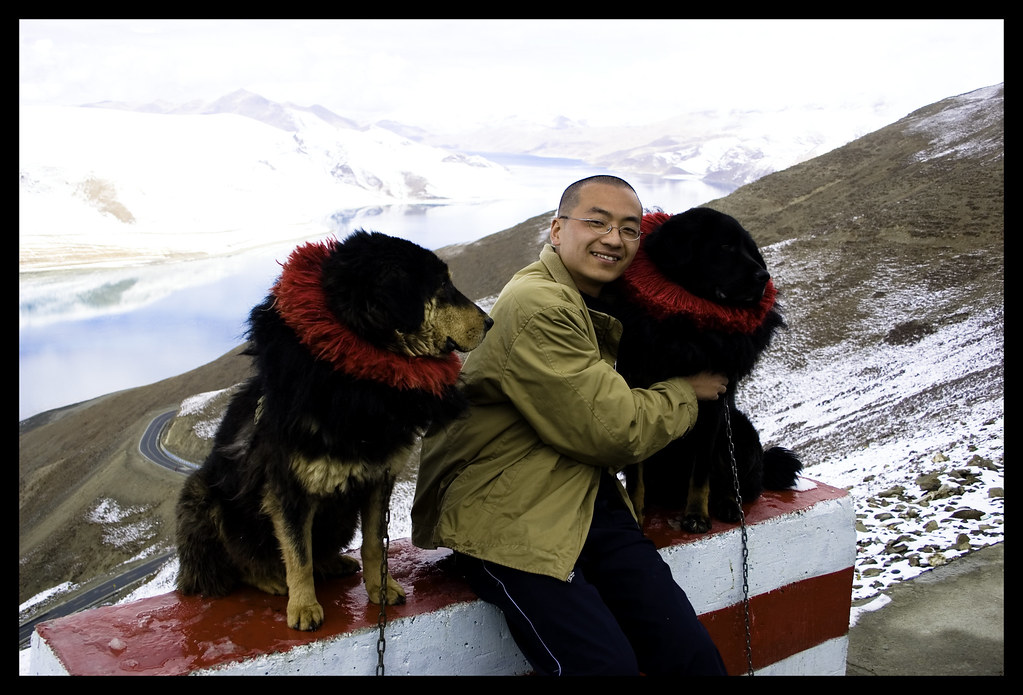
Tibetan Mastiffs developed in the cold of the Himalayan Mountains and have an immense double coat that keeps them insulated. Their mountain monastery heritage makes them naturally suited for cold, harsh conditions.
Bred to guard monasteries and herds high in the Himalayas, Tibetan mastiffs are true cold-weather powerhouses with their massive frame and dense double coat built to withstand freezing mountain climates, keeping them warm even in heavy snow. These majestic dogs don’t just tolerate cold – they thrive in it.
Norwegian Elkhound: Scandinavian Snow Specialist
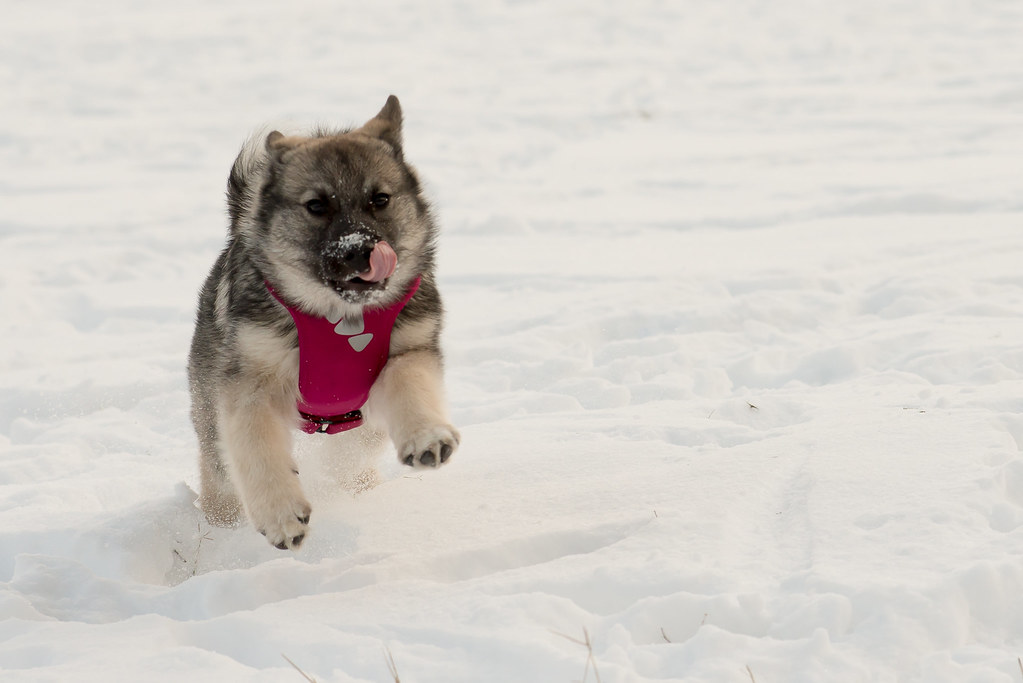
An ancient breed from Scandinavia with Nordic traits, the Norwegian Elkhound is used to hunting in the cold climate it came from, and these characteristics have stayed with the breed. Their Viking heritage shows in their robust cold weather capabilities.
Always ready for adventure – especially in the snow – the high-energy Norwegian Elkhound has a smooth outer coat and a wooly undercoat. This dual-layer protection system keeps them comfortable during extended periods in cold weather, making them excellent winter hiking companions.
Winter doesn’t have to be a season of worry when you understand your dog’s unique needs. Whether you’re bundling up a shivering Chihuahua in the latest canine fashion or watching your Husky refuse to come inside after hours of snow play, knowledge is your best tool for keeping every pup happy and healthy.
The key lies in observing your individual dog’s behavior, respecting their breed characteristics, and making adjustments that prioritize their comfort and safety. Some dogs will always need extra layers and shortened outdoor time, while others might give you that pleading look to stay outside just a little longer when the snow is falling. Both responses are perfectly normal – and now you know exactly how to respond to each one. What kind of winter companion do you have at home?

Gargi from India has a Masters in History, and a Bachelor of Education. An animal lover, she is keen on crafting stories and creating content while pursuing a career in education.

